Electrical engineering is the branch of engineering which deals with the application of its related matters like the distribution of power, design and operation of machinery and other electrical appliances. Not excluding the others, electrical engineering includes: power engineering, electronics, telecommunications, microelectronics, control engineering, and computer engineering. The telegraph was the result of first application of electrical engineering, and it accelerated the speed of communication notably. In 1864, James Clerk Maxwell expressed the laws of electricity in a mathematical form. With the invention of the telephone, the need for electrical engineers was felt more than ever before. There is practically no installation possible without electricity, and this indicates the necessity of electrical engineers in almost all walks of life. There is a remarkable difference in world history before and after harnessing electrical energy. The electrical engineers have, in fact, played a pivotal role in the advancement of human civilization.
1. John Bardeen
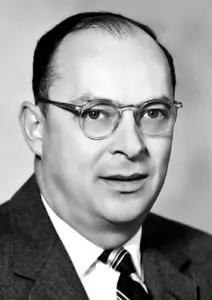
John Bardeen was born to Dr. Charles Russell Bardeen and Althea Harmer Bardeen on May 23, 1908 in Maidstone, Wisconsin, U.S. and died on January 30, 1991 at the age of 82 years in Boston, Massachusetts, U.S. He was an electrical engineer and a distinguished physicist being the only person to have won the Nobel Prize in physics twice. For the first time, he won it in 1956 for the invention of the transistor along with William Shockley and Walter Brattain. For the second time, he won it in 1972 along with Leon N. Cooper and John Robert Schrieffer for the Theory of Superconductivity, known as the BSC Theory among the physicists. The invention of the transistor revolutionized the Information Age and was extensively used in telephone, computer, and missile technologies in addition to many others. Bardeen appeared in the list of Life magazine’s ‘100 Most Influential Americans of the Century’ in 1990.
2. Jack St. Clair Kilby
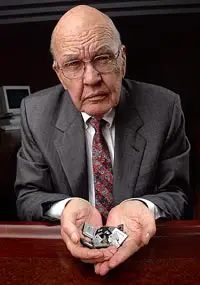
Jack St. Clair Kilby was born on November 8, 1923 in Jefferson City, Missouri, USA and died on June 20, 2005 at the age of 81 years in Dallas, Texas, U.S. He was educated at Great Bend High School, Kansas, University of Illinois, Urbana-Champaign, and received his master’s degree in electrical engineering from the University of Wisconsin-Extension in Milwaukee. Along with Robert Noyce, he invented the integrated circuit, and in 2000 he received the Nobel Prize in physics. He was one of the most distinguished American electrical engineers. In addition to the Nobel Prize, his honors include: the prestigious Institute of Electrical and Electronic Engineering award, the IEEE Medal of Honor, National Medal of Science, National Medal of Technology, the Kyoto Prize, and many others. He was inducted into the National Inventors Hall of Fame in 1982. He received nine honorary doctorate degrees.
3. Nikola Tesla
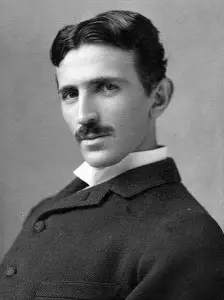
Nikola Tesla was born to Milutin Tesla and Ejuka Tesla on July 10, 1856 in Smiljan, Austrian Empire and died on January 7, 1943 at the age of 86 years in New York City, New York, USA. He was a Serbian”œAmerican electrical engineer and is best known for designing the alternating current, AC, electrical supply system. He is also known for his high-voltage, high-power experiments. He earned a lot of money from his patents, but he spent much more on experimenting and, therefore, died as a recluse and in debt. He was sometimes referred to as the mad scientist. In his honor, the International System of Units dedicated the term Telsa to the SI unit used to define magnetic field strength. A Discovery Channel poll voted him among the top 100 nominees as The Greatest American.
4. Michael Faraday
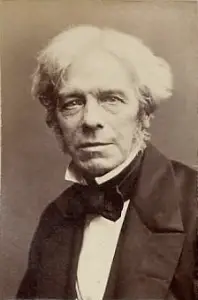
Michael Faraday was born on September 22, 1791 in Newington Butts, England and died on August 25, 1867 at the age of 75 years. He attended lectures by Sir Humphry Davy and was appointed as his chemical assistant. He is known for the discovery of the principles of electromagnetic induction, the laws of electrolysis, benzene, the Bunsen burner, and many other inventions. He popularized the terms: electrode, cathode, and anode. His greatness can be assessed by the fact that Albert Einstein hung his picture on the wall alongside Isaac Newton. Nobel Laureate Zeeman made reference to Faraday in his Nobel acceptance speech. He was ranked number 22 in the BBC’s ‘100 greatest Britons’ in 2002.
5. Julius Edgar Lilienfeld
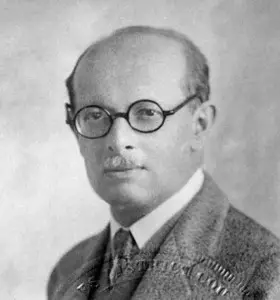
Julius Edgar Lilienfeld was born on April 18, 1882 in Lemberg, Galicia, Austria and died on August 28, 1963 at the age of 81 years in the Virgin Islands, USA. He received his doctorate fromthe Friedrich-Wilhelms-Universitat. He started working at the University of Leipzig in 1905. In 1934, he became an American citizen. He is known for the invention of the field effect transistor and the electrolytic capacitor. In his honor, the optical radiation emitted by electrons on striking metal is named Lilienfeld radiation.
6. Benjamin Franklin
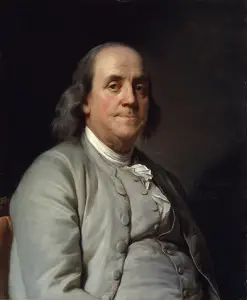
Benjamin Franklin was born to Josiah Franklin and Abiah Folger on January 17, 1706 in Boston, Massachusetts Bay, USA and died on April 17, 1790 at the age of 84 years. He was one of the Founding Fathers of the United States of America and is known as the First American for his contributions in colonial unity. His inventions include: the lightning rod, bifocals, the Franklin stove, and the odometer. He is also known for his theories in electricity. He was the first American ambassador to France. He became a national hero after he led the efforts against the unpopular Stamp Act. His name is honored on coinage, warships, and many towns.
7. Claude Elwood Shannon
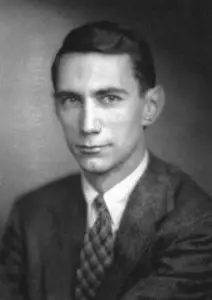
Claude Elwood Shannon was born to Claude Sr. and Mabel Shannon on April 30, 1916 in Petoskey, Michigan and died on February 24, 2001 at the age of 84 years in Medford, Massachusetts, U.S. He was an electronic engineer, known as the Father of the Information Theory. He is also known for founding the digital computer and digital circuit. It is said that the thesis he wrote at the age of 21 years was the most important master’s thesis of all time. During the Second World War, he contributed in code breaking and secure telecommunications.
8. Arnold Orville Beckman
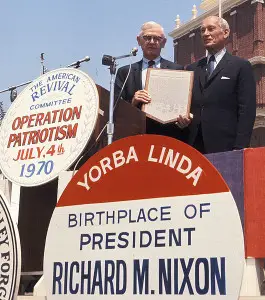
Arnold Orville Beckman was born on April 10, 1900 in Cullom, Illinois, U.S. and died on May 18, 2004 at the age of 104 years. He attended the University of Illinois and received his master’s degree in physical chemistry in 1923. He started his career at Western Electric which later became Bell Telephone Laboratories. There he developed an interest in electronics. He is best known for his invention of the pH meter which finds an extensive use in industrial testing and chemical controls in respect of acidity testing and its adjustment. It is particularly a very useful instrument for testing in the food industry.
9. Alan Dower Blumlein
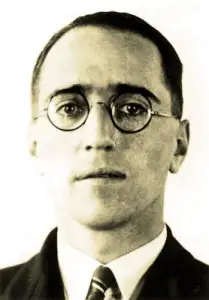
Alan Dower Blumlein was born to Semmy Blumlein and Jessie Dower on June 29, 1903 in Hampstead, London and died on June 7, 1942 at the age of 38 years. He had an aptitude for electrical engineering since his early childhood as reflected in the event when, at the age of seven years, he presented his father an invoice for bell repairing signed as Alan Blumlein, Electrical Engineer. He was an electronic engineer and is best known for his many inventions, including: sound recording, stereo, television, and radar. With his 128 patents, he is ranked among the top engineers of his time.
10. Paul Boucherot

Paul Boucherot was born in 1869 and died in 1943. He studied at Ecole Superieure de Physique et de Chimie Industrielles de la Ville de Paris. Later on he taught electrical engineering at this institute. He pioneered DC electric power distribution and the designing of induction motors. He is also known for his theory known after him as Boucherot’s Theorem. Along with Georges Claude, he built an on-shore power plant in Cuba in 1926. The process utilized the heat differential between the surface and the in-depth temperatures of sea water. The process was known as the Claude-Boucherot process.
Conclusion:
If the civil engineers, architects can make the infrastructures, the mechanical engineers not only help them build the complexes through the provision of heavy machinery but also equip these structures with sophisticated and tailor-made machinery. Although these are run by the men behind them, the electrical engineers are the ones who provide vital electrical energy in an optimized form to create the modern day, vibrant, industrial and domestic life we know.










Leave a Reply